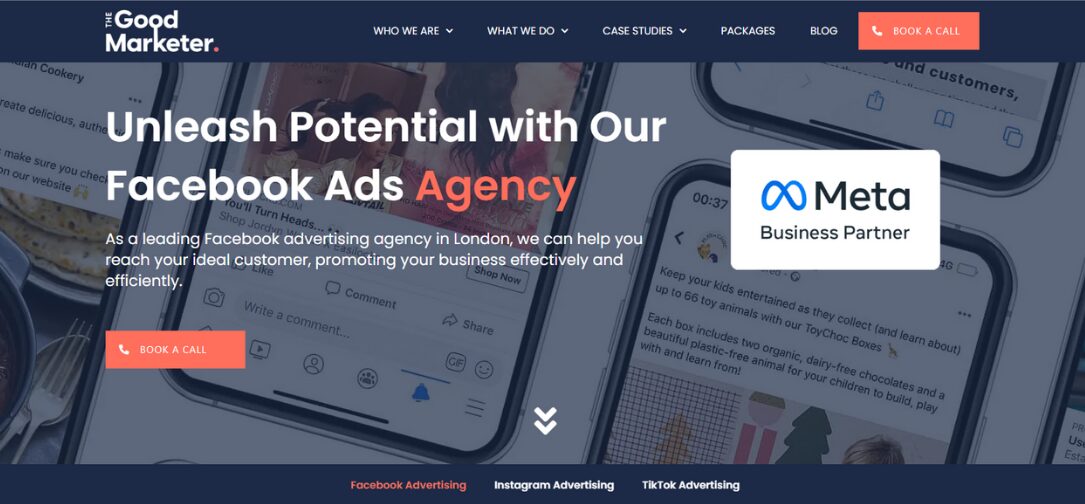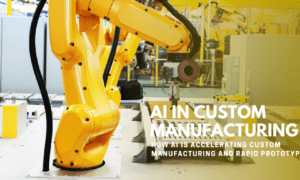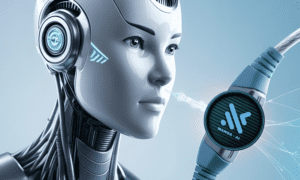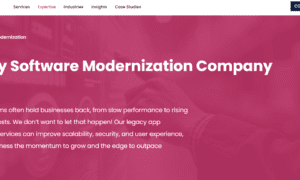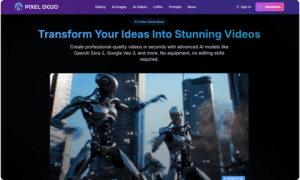As artificial intelligence becomes a standard tool in advertising, many marketers are asking an important question: Can consumers tell when an ad is AI-generated?
With AI now writing ad copy, generating imagery, and producing campaign assets at scale, the conversation has shifted from possibility to perception, and even whether perception matters.
In an age where authenticity influences trust, the answer could shape how brands approach content creation in the years ahead.
AI in Advertising
AI-generated ads are no longer novel. Brands use language models to write headlines, social captions, and email sequences. Visual tools like SORA are being used to create campaign imagery. And generative video platforms are beginning to produce full ad creatives.
This is happening not just because AI is fast but also because it’s cost-effective. The efficiency is hard to ignore. But consumers are also becoming more aware and critical.
What Consumers Say
Surveys in Publicis Media and Yahoo discovered that when AI-generated ads included disclosures regarding their origin, a 47% increase in ad appeal and a 96% spike in brand trust occurred. This suggests that many consumers are receptive to AI as long as businesses remain open and honest.
This gap between perception and reality highlights an important point: people may feel increasingly suspicious of content that lacks a human touch, but businesses can build trust with transparent marketing practices.
The Signals People Look For
When asked what gives away AI-generated content, consumers would often mention:
- Generic or overly robotic language, lacking specific context or emotional nuance.
- Fever-dream visuals that feel artificial, particularly when it comes to facial expressions, background details, and generated text.
- A lack of personality or brand tone, resulting in broad and impersonal ads.
The Impact on Engagement
There is growing evidence that AI content, when left unrefined, underperforms in engagement.
However, a Nativo survey indicated that 53% of consumers struggle to distinguish AI-generated from human-created content. The ability to discern varies depending on the content type, with higher fashion and style content detection rates.
The implication is pretty clear: AI can provide structure and scale, but human context and creative intent still drive impact.
Where AI Gets It Right
To be clear, AI has proven advantages, particularly in performance marketing:
- A/B testing headlines and calls-to-action
- Rapid production of variations for localisation or targeting
- Scaling asset creation for large ad campaigns
- Speeding up time to market
AI often works best for these use cases when paired with a clearly defined brand voice and overseen by human creatives who can adjust tone, language, and context to align with real-world audiences.
The Human-AI Collaboration
The highest-performing campaigns aren’t typically created by AI alone. They’re built through hybrid collaboration (the cyborg approach) where AI supports ideation, structure, and scaling, while human creatives make final decisions on voice, values, and visuals.
This approach allows for the benefits of automation, speed, efficiency, and iteration, without losing the emotional understanding that only a human being can provide.
Real-world applications include:
- Using AI to draft multiple ad versions, then refining the top performers manually
- Generating image concepts or storyboards, followed by human design
- Letting AI recommend optimised formats, while maintaining creative direction internally
The Cost of Overreliance
While AI tools are improving rapidly, the risk of overusing them is real. Overreliance on automation can lead to bland, indistinct messaging in competitive markets where sameness is a weakness.
Brand identity, tone, humour, and cultural awareness still need to come from people. Even subtle cues like word choice, rhythm, metaphor, or even a purposeful grammatical eror can be the difference. In this sense, AI isn’t a creative replacement; it’s a modulator. Used well, it refines your best ideas. Used poorly, it reveals a lack of them.
So, Can Viewers Spot AI in paid ads?
The data suggests: sometimes, but not as reliably as they think. What’s more important is how those ads feel. Consumers are more likely to disengage if they come across as impersonal, disjointed, or emotionally flat, regardless of whether AI wrote them or not.
These AI tools are invaluable. Whether you’re an eCommerce brand on the rise, or a Facebook ads agency managing seasonal campaigns. The best approach is to treat AI as an insightful assistant and use human judgment, emotional intelligence, and contextual awareness to drive performance.
As AI becomes more common in marketing, the brands that stand out will be the ones that use it with intention and retain their distinct voice in the process.

